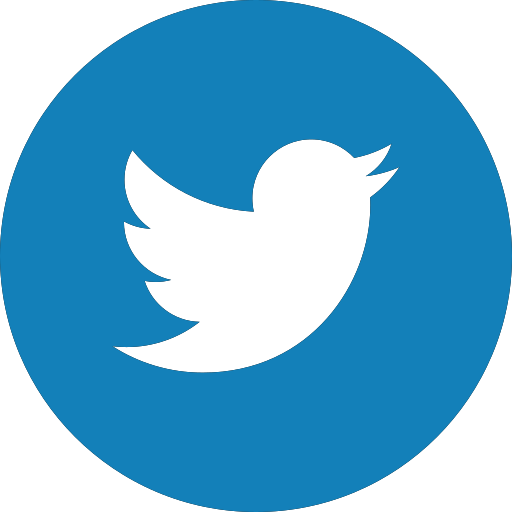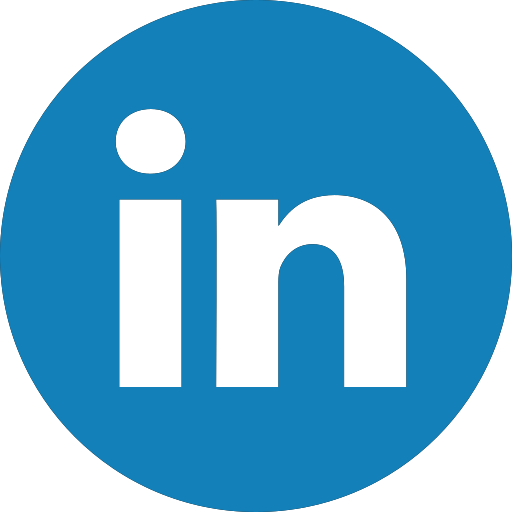Hema Krishna P, Consultant - Neurology and Movement Disorders, Aster CMI Hospital, Bangalore
Guillain-Barré Syndrome (GBS) is a rare but serious autoimmune neurological disorder in which the body’s immune system attacks the peripheral nervous system. This system, consisting of nerves outside the brain and spinal cord, is critical for transmitting signals between the brain and the rest of the body. GBS often presents with muscle weakness, numbness, and tingling that can progress to paralysis if left untreated. Though it is rare affecting approximately 1 to 2 people per 100,000 annually it is a medical emergency requiring immediate attention.
Symptoms of Guillain-Barré Syndrome
The initial symptoms of GBS typically include tingling sensations or numbness in the hands and feet, followed by muscle weakness that can spread to the arms, face, and upper body. Symptoms generally progress rapidly, often peaking within two to four weeks. Common signs and symptoms include:
- Weakness and Paralysis: Gradual muscle weakness that can lead to difficulty walking, climbing stairs, or performing everyday activities.
- Loss of Reflexes: Deep tendon reflexes, such as knee jerks, are often diminished or absent.
- Pain and Sensory Changes: Many patients report severe nerve pain, often described as shooting or burning.
- Breathing Difficulties: In severe cases, GBS can affect the muscles that control breathing, necessitating mechanical ventilation.
- Autonomic Nervous System Dysfunction: This may result in erratic heart rhythms, blood pressure fluctuations, and difficulty controlling bladder or bowel functions.
Diagnosis of GBS
Early diagnosis of GBS is critical for effective treatment. Physicians rely on a combination of clinical evaluation, patient history, and diagnostic tests to confirm the condition:
- Neurological Examination: Doctors assess muscle strength, reflexes, and coordination to identify the extent of nerve damage.
- Electromyography (EMG) and Nerve Conduction Studies: These tests measure the electrical activity in muscles and nerves to detect abnormalities.
- Lumbar Puncture: A cerebrospinal fluid (CSF) analysis often reveals elevated protein levels without an increase in white blood cells, a hallmark of GBS.
- Imaging and Blood Tests: While not definitive for GBS, these may rule out other potential causes of the symptoms.
Treatment of Guillain-Barré Syndrome
There is no cure for GBS, but early intervention can significantly reduce its severity and duration. The two primary treatments are:
- Intravenous Immunoglobulin (IVIG): This involves infusing healthy antibodies to block the harmful immune response. IVIG is effective in reducing nerve damage and accelerating recovery.
- Plasmapheresis (Plasma Exchange): This process removes harmful antibodies from the blood, helping to alleviate symptoms and prevent further nerve damage.
Supportive Care and Rehabilitation:
- Patients with severe GBS may require intensive care, including mechanical ventilation if respiratory muscles are affected.
- Rehabilitation, including physical and occupational therapy, is vital for regaining muscle strength, mobility, and independence.
Guillain-Barré Syndrome is a medical emergency that demands timely recognition and intervention. While most patients recover fully with treatment, some may experience lingering effects, such as muscle weakness or fatigue. Continued advancements in medical care and rehabilitation have improved outcomes for GBS patients globally. However, awareness and early diagnosis remain the cornerstone of effective management. With ongoing research and better access to healthcare, we can hope to improve the quality of life for individuals affected by GBS.

 However, awareness and early diagnosis remain the cornerstone of effective management. With ongoing research and better access to healthcare, we can hope to improve the quality of life for individuals affected by GBS.
However, awareness and early diagnosis remain the cornerstone of effective management. With ongoing research and better access to healthcare, we can hope to improve the quality of life for individuals affected by GBS.










.jpeg)


.jpeg)
.jpeg)
.jpeg)
_(1).jpeg)

_(1)_(1)_(1).jpeg)
.jpeg)
.jpeg)
.jpeg)








.jpeg)
.jpeg)